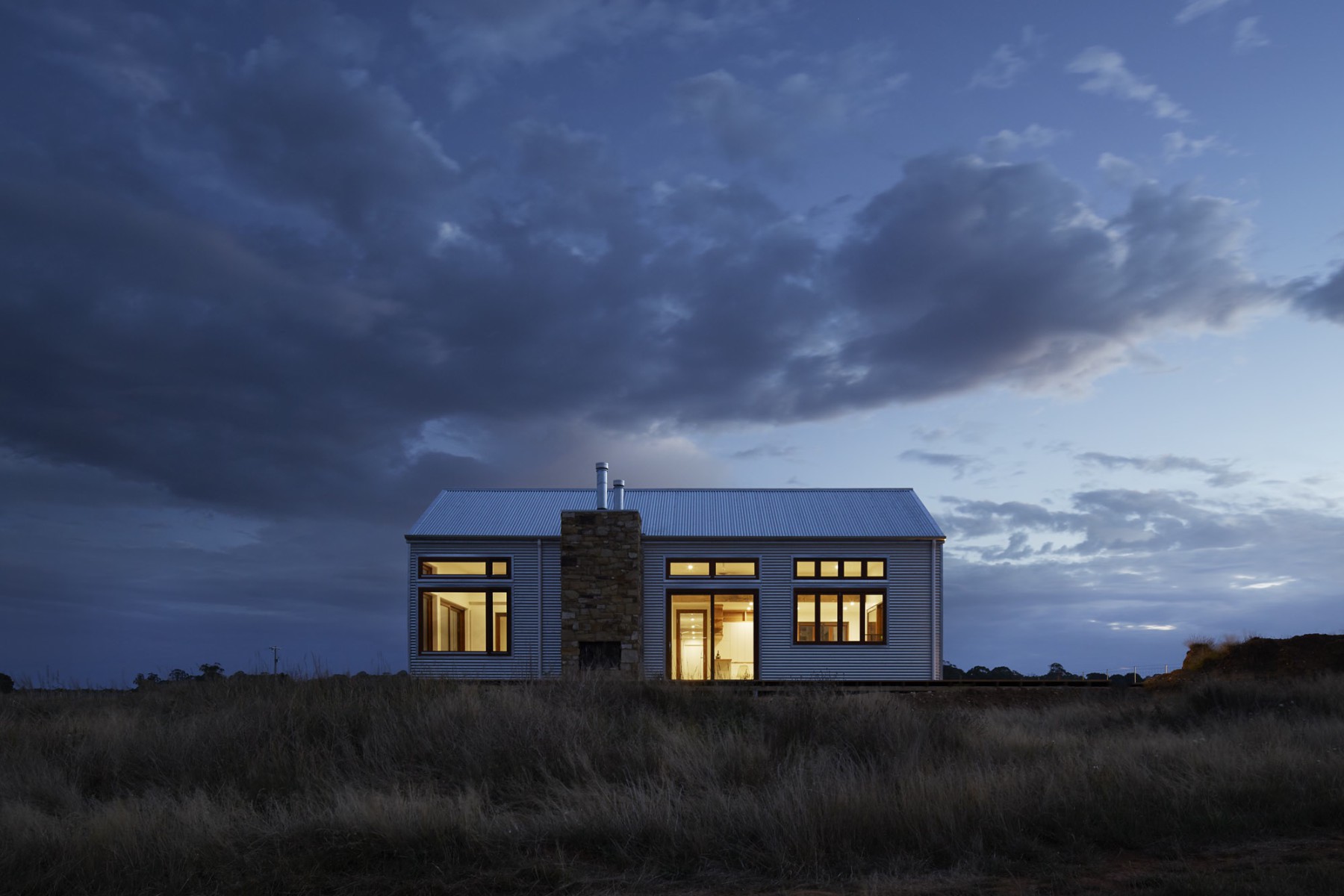Investing in rental property involves many hopes—for rising rents, a profit at resale. But one inescapable reality of rental property is cash flow. When cash flow is good, many other problems are avoided or minimized. When cash flow is inadequate, you have a problem.
Formulas for calculating cash flow are easy to find so we will not repeat them. But a more complex, nuanced issue is how to increase cash flow. That involves three elements: initial investment, ongoing expenses, and ongoing income..
Initial investment
Potential cash flow should be estimated with care, using the most reliable possible figures, before you buy a rental property. That involves making the cash-flow calculation based on some estimates and guesses—such as how easy it will be to rent, what rents will be, what periods of vacancy might be unavoidable.
Making a larger down payment and taking a smaller mortgage will increase future cash flow, of course, but not cash return on cash invested—an important consideration. Again, keeping the monthly mortgage payment lower by taking a smaller loan, for a longer term, at a lower interest rate increases cash flow, but, again, has implications for the long run.
Operating expenses
The chief operating expenses are payment of mortgage interest and principal, which is set at the time of purchase. But if the rental property is owned for a considerable period, it might be possible to refinance at lower interest and reduce monthly payments. That translates into long-term higher monthly cash flow.
Insurance can be a significant operating expense. Seeking the best deal is a step toward long-term improved cash flow. And periodically checking for availability of a better rate makes sense.
Less regular and predictable operating expenses are management, maintenance, repairs, and services. A landlord who takes on those tasks earns a higher cash flow by reducing outgo. It is a choice every landlord makes.
Delaying or skimping on maintenance can be tempting because it increases present cash flow, but it can make tomorrow’s costs higher as delayed maintenance leads to major problems.
Heat can be a significant expense. If instead of including it in the rent, the tenant pays it, the tenant has the incentive to conserve fuel and complaints about too little heat are avoided.
Income
The third element relevant to cash flow is rental income. At the outset, when considering the purchase of the property, the history of rental income is known. Prompt rental of the property with as little time vacant as possible—consistent with getting the highest realistic rent—has a major impact on cash flow. A unit vacant for a month has lost eight percent (1/12) of annual income. In a market where rents are not rising, a longer lease can avoid vacancies. So can a prompt, effective search for a new tenant when a current tenant gives notice.
A final consideration is taxes. Tax planning and good record keeping, as the basis for achieving the lowest tax possible, boost cash flow.
In conclusion, it is important to realize that getting a good purchase price and the best mortgage terms sets favorable overall parameters of cash flow. Management of expenses and income in the ways we have discussed can help to ensure that the expected cash flow materializes.
Leaf Management & Funding rehabilitates houses to beautify neighborhoods and resells or rents them. The company also provides capital to those who wish to take on the same challenge of purchasing houses in need of serious repairs and investing in creating homes livable and attractive for future inhabitants.
